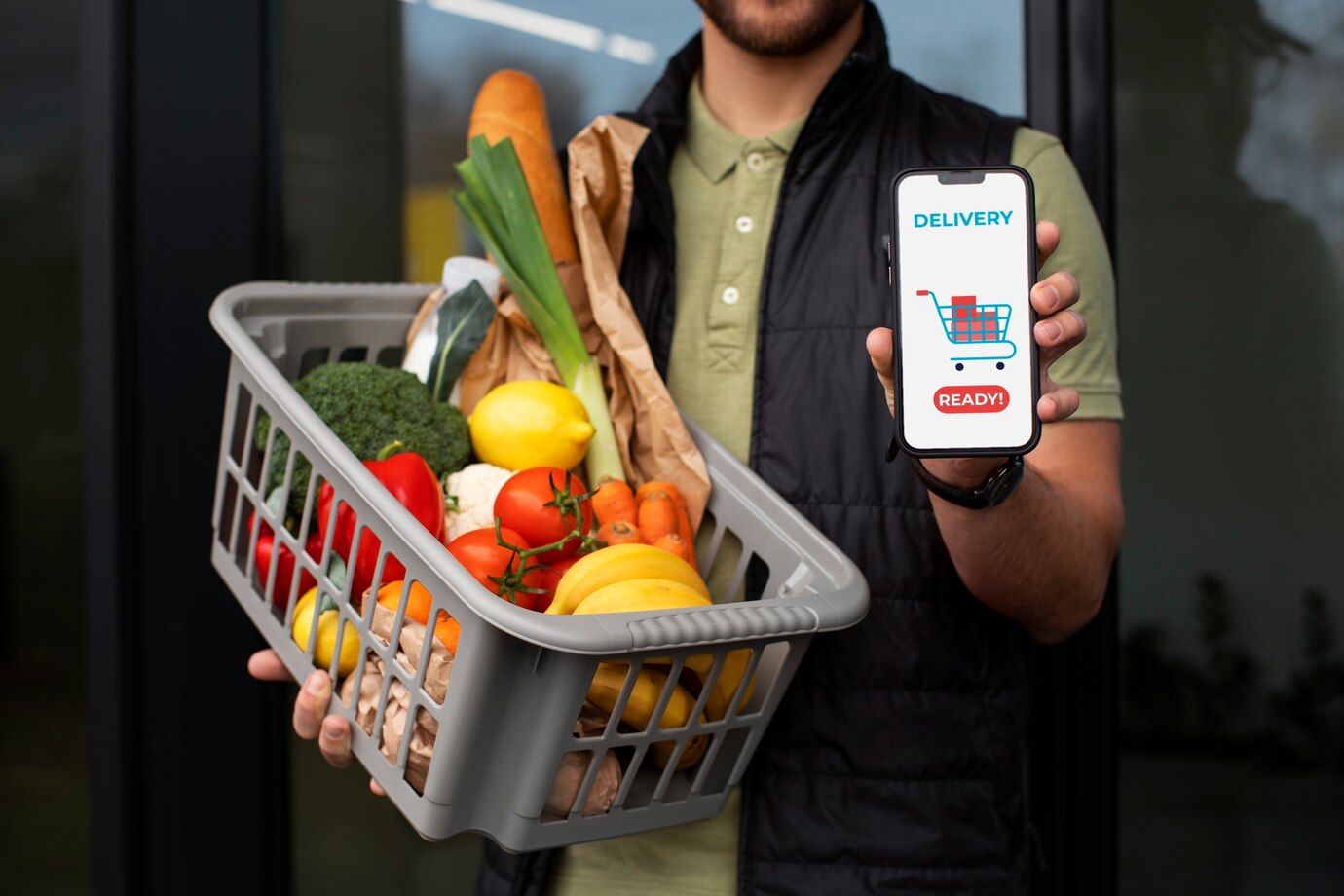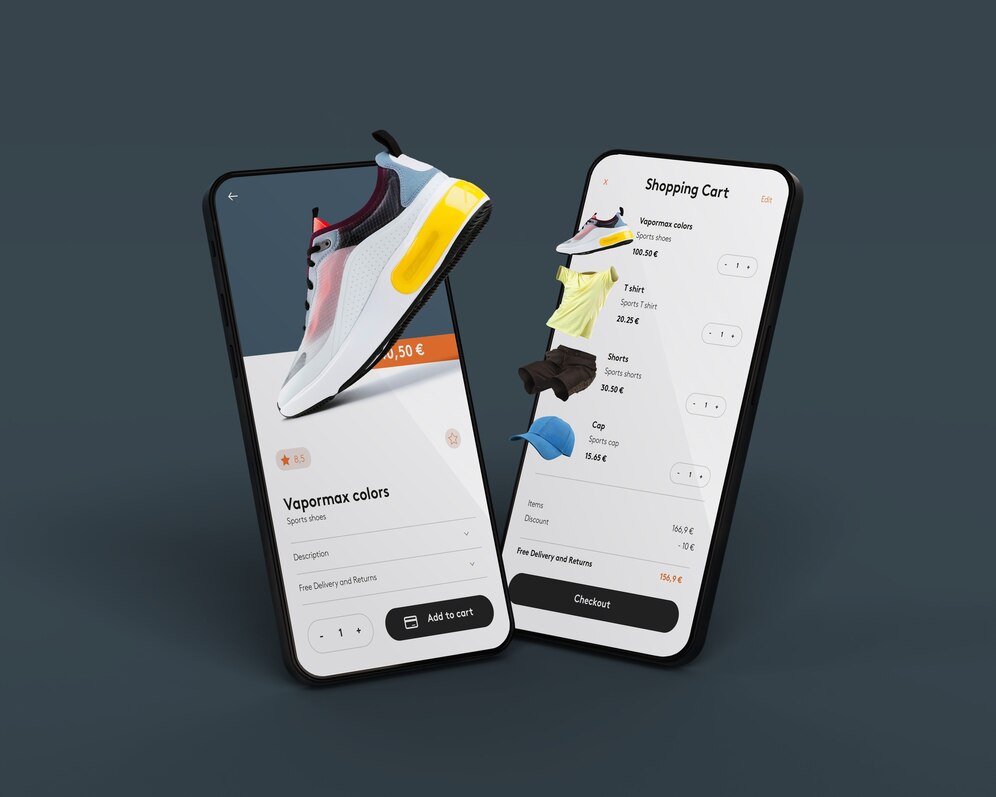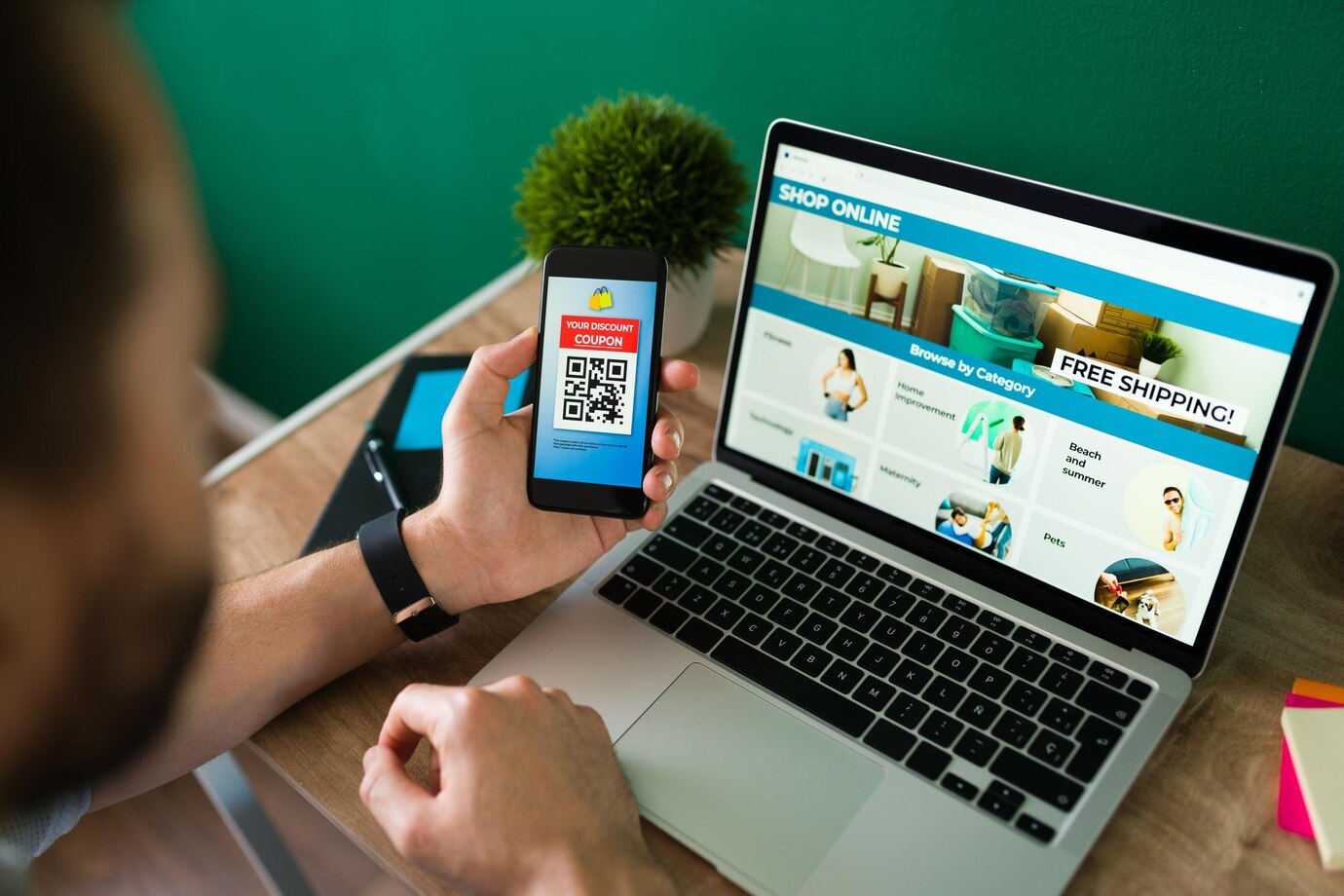How to Build a Mobile App for E-commerce
The rise of e-commerce has transformed the retail landscape, making mobile apps essential for businesses aiming to succeed in a competitive market. mobile app development play a crucial role in turning business ideas into functional and user-friendly applications. In this blog, we’ll explore how to build a mobile app for e-commerce, focusing on development processes, design considerations, and essential features.
Understanding the Market and Defining Objectives

Before development begins, a deep understanding of the target market is necessary. Conduct market research to identify customer preferences, competitor strengths, and current trends. Define clear business objectives, including expected sales targets, user engagement goals, and revenue models. mobile app development must align these goals with the app's core functionalities to ensure strategic success.
Planning the App's Features and Design

The planning phase involves mapping out features that cater to both customers and administrators. Core features include user registration, product browsing, a secure checkout process, and payment gateways. Advanced functionalities like personalized recommendations, push notifications, and loyalty programs can enhance user engagement.
Designing an intuitive user interface is equally important. mobile app development should focus on creating a seamless and visually appealing experience. Consistent branding, easy navigation, and responsive design ensure users stay engaged. Consider implementing a clean layout, readable fonts, and high-quality images.
Choosing the Right Technology Stack

Selecting the appropriate technology stack is critical for the app's performance and scalability. For native development, developers can choose between Swift for iOS and Kotlin for Android. Cross-platform frameworks like React Native or Flutter can save time and reduce costs by enabling a single codebase for multiple platforms. Developers should consider factors like budget, project timeline, and required app features when choosing the tech stack.
Developing the App

Development starts with backend creation, including setting up servers, databases, and APIs. This ensures that data is securely managed and transactions are processed efficiently. mobile app development must adhere to best coding practices, ensuring a scalable and bug-free application.
The frontend development focuses on creating an engaging user interface. Developers integrate features such as product categories, search filters, and shopping carts. Security measures like data encryption and two-factor authentication must be embedded to protect user information.
Testing and Quality Assurance

Thorough testing is essential before launching the app. Conduct multiple testing phases, including functional, performance, and security testing. mobile app development should also perform usability testing to ensure the app delivers a satisfying user experience. Fixing bugs and optimizing performance during this phase prevents future customer dissatisfaction.
Launching the App and Continuous Maintenance

Once the app passes all testing phases, it’s time for the official launch. Publish the app on major app stores like Google Play and Apple’s App Store. Marketing campaigns should support the launch to attract initial users.
However, launching is just the beginning. mobile app development must provide regular updates, introduce new features, and fix any emerging issues. Gathering user feedback and analyzing app performance metrics help in continuous improvement and customer retention.
Final Thoughts

Building a successful e-commerce mobile app requires careful planning, skilled development, and ongoing maintenance. mobile app development must stay updated with industry trends and technological advancements to deliver top-notch applications. By focusing on functionality, user experience, and security, businesses can create a compelling e-commerce app that drives growth and customer satisfaction.






